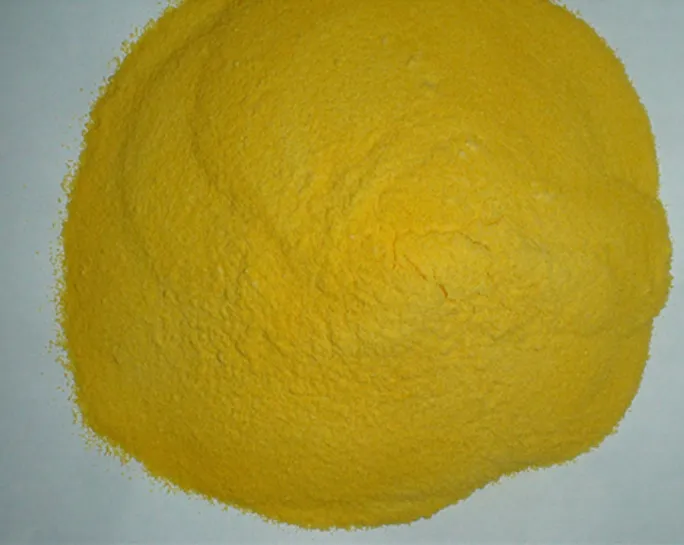polyacrylamide function
Understanding the Function of Polyacrylamide in Various Applications
Polyacrylamide (PAM) is a synthetic polymer formed from acrylamide monomers. This versatile compound has garnered significant attention due to its unique properties and functions, making it a crucial player in a variety of industries, including agriculture, water treatment, cosmetics, and biomedical fields. In this article, we will explore the various functions of polyacrylamide, emphasizing its applications and benefits in these sectors.
Chemical Properties and Structure
Polyacrylamide is a water-soluble polymer that can exist in different forms, including anionic, cationic, and non-ionic variants. Its chemical structure consists of a long chain of acrylamide units, which can be modified to enhance specific properties such as solubility, charge, and molecular weight. These modifications enable PAM to be tailored for specific applications, ranging from enhancing soil stability to facilitating drug delivery in medical applications.
Application in Agriculture
In agriculture, polyacrylamide is extensively used as a soil conditioner and erosion control agent. By increasing the water retention capacity of the soil, PAM helps reduce the frequency and volume of irrigation needed, thereby conserving water. This property is particularly beneficial in arid and semi-arid regions where water scarcity is a significant challenge. Additionally, PAM enhances soil structure, improving aeration and root penetration, which are essential for healthy plant growth. Furthermore, its ability to bind fine soil particles helps prevent erosion, thereby maintaining soil integrity and promoting sustainable farming practices.
Water Treatment Solutions
Polyacrylamide plays a crucial role in water treatment processes. It is commonly used as a flocculant in municipal and industrial wastewater treatment facilities. PAM works by aggregating suspended particles, allowing them to settle more readily and be removed from the water more efficiently. This process enhances the clarity of treated water and reduces the load on filtration systems. Moreover, PAM’s ability to improve sludge dewatering is vital in minimizing the volume of waste produced and optimizing resource recovery. In essence, PAM helps meet stringent environmental regulations while improving the sustainability of water treatment practices.
polyacrylamide function

Cosmetic Applications
In the cosmetics industry, polyacrylamide is utilized for its thickening and stabilizing properties. It enhances the texture and performance of creams, lotions, and gels, providing a desirable feel and consistency. Additionally, PAM acts as a film-forming agent, improving the adherence of products to the skin. Its non-toxic nature, combined with its effective performance, makes it a popular choice for manufacturers aiming to create high-quality cosmetic formulations that are both effective and safe for consumers. Furthermore, polyacrylamide is often combined with other ingredients to enhance the overall efficacy of skincare products.
Biomedical Use and Drug Delivery
The biomedical field has also recognized the potential of polyacrylamide, particularly in drug delivery systems and tissue engineering. Its biocompatibility and ability to form hydrogels make PAM an ideal candidate for controlled drug release applications. Hydrogels created from PAM can encapsulate therapeutic agents and release them over an extended period, improving treatment outcomes and minimizing side effects. In scaffold applications, PAM promotes cell adhesion and proliferation, essential for regenerating tissues. These properties pave the way for innovative solutions in regenerative medicine and targeted therapies.
Environmental Considerations
While polyacrylamide presents numerous benefits across various industries, it is essential to address environmental concerns associated with its use. Uncontrolled exposure to acrylamide, a neurotoxin, during the polymerization process can pose health risks. However, when properly synthesized and utilized, PAM is considered safe for various applications. Ongoing research and advancements in polymer technology are focused on developing biodegradable alternatives and minimizing the ecological footprint of polyacrylamide.
Conclusion
Polyacrylamide is a multifunctional polymer that demonstrates its significance across diverse sectors. From enhancing agricultural productivity and improving water quality to revolutionizing cosmetic formulations and biomedical applications, PAM’s unique properties and versatility make it an invaluable material. As industries continue to innovate and pursue sustainable practices, the function of polyacrylamide will undoubtedly contribute to significant advancements, addressing contemporary challenges while promoting environmental stewardship. The continued exploration of PAM’s potential will likely yield exciting developments that further enhance its applications in the future.
-
Pbtc Scale InhibitorPBTC: A Scale Protector for Industrial Water TreatmentNewsAug.05,2025
-
Organic Phosphonate: An Efficient Defender in the Field of Scale InhibitionNewsAug.05,2025
-
Hydrolyzed Polymaleic Anhydride: Green Pioneer in Scale Inhibition FieldNewsAug.05,2025
-
PAPEMP Polyamino Polyether Methylene Phosphonic Acid For SaleNewsAug.05,2025
-
Flocculant Water Treatment: A Pioneer in Purification in the Field of Water TreatmentNewsAug.05,2025
-
Benzyl Isothiazolinone: An Efficient and Broad-Spectrum Antibacterial Protective GuardNewsAug.05,2025





